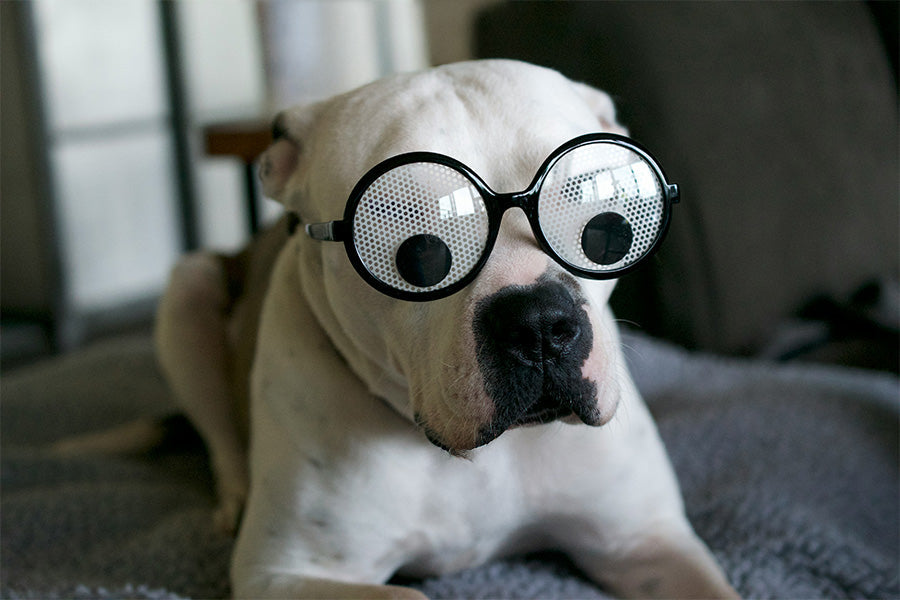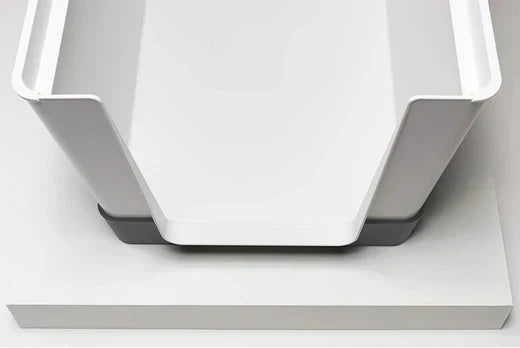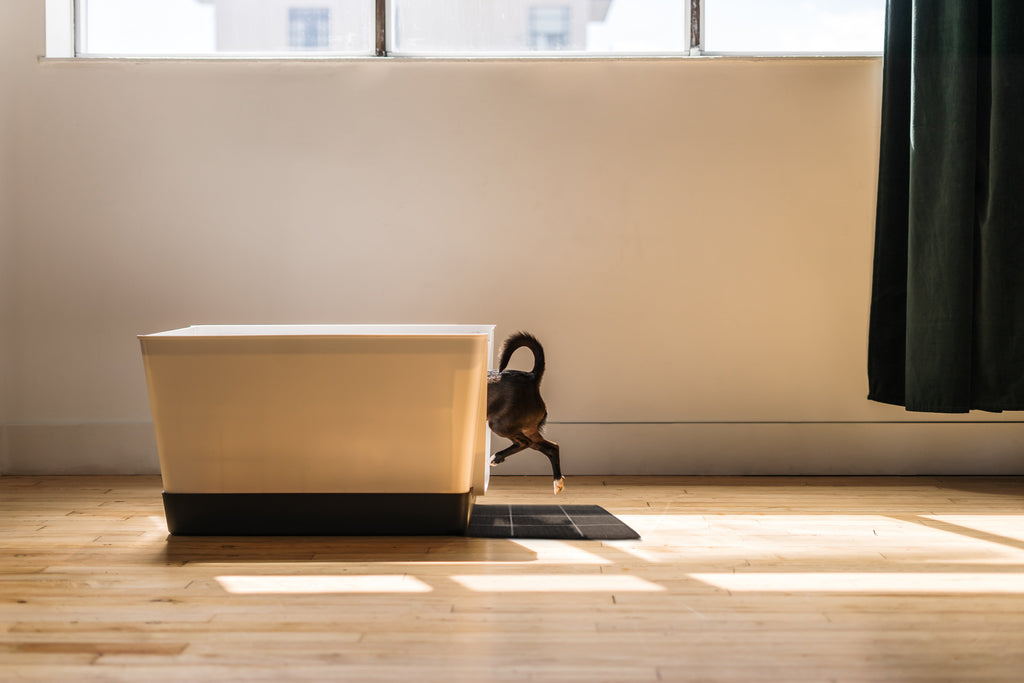Effective Strategies for House Training Adult Dogs

House training an adult dog can be a daunting task, but with the right strategies and a bit of patience, it is entirely achievable.
Whether you're dealing with a newly adopted dog or an older pet that needs a refresher, understanding effective dog training methods is essential.
By implementing a structured plan, you can foster a harmonious living environment and nurture a strong relationship with your pet.
Understanding Your Dog's Needs
Before diving into the specifics of house training, it's crucial to understand why your dog may have trouble with potty training. Adult dogs might face challenges due to previous habits, stress, or health issues. Identifying the root cause can help tailor your approach to their needs.
Taking the time to observe your dog's behaviour and identifying patterns can offer valuable insights into their current challenges. Understanding these needs is the first step in crafting a training plan that is both effective and compassionate.
Health Check-Up
First things first, ensure your dog is in good health. Sometimes, underlying medical issues such as urinary tract infections or digestive problems can lead to accidents in the house. A quick visit to the vet can help rule out these possibilities.
Additionally, discussing any behavioural changes with your vet can uncover conditions that may not be immediately obvious. Regular check-ups can also ensure that your dog is up-to-date on vaccinations, which can prevent illnesses that might disrupt their routine.

Consistent Routine
Establishing a consistent routine is one of the most effective dog training methods. Dogs thrive on predictability, and by setting regular times for meals, play, and bathroom breaks, you can help your dog understand what is expected.
Consistency in your routine not only aids in training but also provides a sense of security for your dog, reducing anxiety-related behaviors. Over time, your dog will begin to anticipate these activities, making transitions smoother and reinforcing positive habits.
Setting Up a Doggy Bathroom
Creating a designated spot for your dog to do their business is a great way to signal what you want from them. This area can be inside or outside, depending on your living situation.
For indoor solutions, consider innovative products like doggy bathrooms or indoor potty systems that are designed to make life easier for both you and your pet.
These systems can be particularly beneficial in urban settings where outdoor space is limited, providing a hygienic and convenient option for indoor potty breaks.
Choosing the Right Location
Choose a location that is easy for your dog to access and away from their eating and sleeping areas. For outdoor potty training, a quiet, grassy area is ideal. For indoor setups, find a spot that is easy to clean and won't disrupt the flow of your home.
Consider factors such as ventilation and lighting, which can influence your dog's comfort level in using the area. A well-chosen location can significantly enhance the effectiveness of your potty training efforts, making it easier for your dog to understand and comply with expectations.

Positive Reinforcement Techniques
Positive reinforcement is a cornerstone of modern dog training advice. By rewarding your dog for good behaviour, you encourage them to repeat the desired action. This approach builds trust and fosters a positive relationship between you and your dog, making training sessions more enjoyable and productive.
Over time, consistent positive reinforcement can transform challenging behaviours and instill a sense of accomplishment in both you and your pet.
Treats and Praise
Whenever your dog uses their designated potty area, give them a treat and lots of praise. This not only reinforces the behavior but also strengthens your bond with your pet. Remember, timing is crucial; reward them immediately to make the connection clear.
Combining verbal praise with physical affection, such as petting, can further enhance the positive reinforcement, making your dog feel loved and appreciated. Experiment with different types of treats to find what motivates your dog the most.
Consistency is Key
Be consistent with your training methods. If you decide to use a command like "go potty," use it every time you take your dog to their bathroom spot. Consistency helps your dog understand what you're asking them to do.
Additionally, maintaining a consistent tone and body language can further reinforce the training cues, making it easier for your dog to grasp and respond to your instructions. Over time, this consistency will help build a routine that both you and your dog can rely on.
Managing Accidents
Accidents are a part of the learning process. How you handle them can make a big difference in your dog's training journey. Rather than viewing accidents as setbacks, consider them opportunities to refine your training approach and better understand your dog's needs. By maintaining a positive outlook, you can guide your dog through these learning experiences with patience and empathy.
Stay Calm and Clean
When accidents happen, it's important to stay calm. Avoid punishing your dog, as this can create anxiety and confusion. Instead, clean the area thoroughly to remove any scents that might attract your dog back to the same spot. Using enzyme-based cleaners can effectively break down odours and prevent repeat incidents.
Remaining calm and composed during these moments helps maintain a trusting relationship, encouraging your dog to continue learning without fear.

Re-Evaluate Your Routine
If accidents are frequent, it might be time to re-evaluate your routine. Are you giving your dog enough opportunities to go outside? Are they on a consistent feeding schedule? Adjustments in these areas can help reduce accidents. Consider keeping a journal of your dog's habits to identify patterns and make informed changes to your routine. Regularly reassessing your approach ensures that it evolves with your dog's progress, optimizing the training process.
Seeking Professional Help
Sometimes, despite our best efforts, we might need a little extra help. Professional dog trainers can offer personalized dog training advice and support to address specific challenges. Their expertise can provide fresh perspectives and innovative solutions that you might not have considered. Engaging a professional can also offer peace of mind, knowing that you have expert guidance in navigating complex training issues.
When to Consider a Trainer
Consider reaching out to a trainer if your dog's potty training issues persist or if they display other behavioural challenges. An experienced trainer can provide insights and strategies on how to house train an adult dog that are tailored to your dog's unique needs.
Your dog may need more than just dog potty training. A Trainer can offer support for various training aspects, such as socialization, obedience, and specific behavioural corrections. Investing in professional help can be a valuable resource, accelerating your dog's progress and enhancing your training experience.
The Journey of House Training
House training an adult dog is a journey that requires patience, consistency, and love. By understanding your dog's needs, establishing a routine, and employing positive reinforcement, you'll be well on your way to success. Remember, every dog is different, and what works for one might not work for another.
Stay flexible and open-minded, and you'll find the best path for you and your furry friend. Celebrate small victories along the way, recognizing each step forward as a testament to your dedication and your dog's growth.

Embrace Innovations
Don't shy away from exploring new products designed to aid in house training. Innovations like doggy bathrooms and eco-friendly cleaning solutions can make the process smoother and more sustainable, aligning with a commitment to ethical production and positive impact.
Staying informed about the latest advancements can provide you with tools that enhance your training efforts, making them more effective and enjoyable. Embracing technology and new ideas can offer creative solutions to traditional challenges, paving the way for a successful training journey.
In conclusion, the road to a well-trained pet is paved with dedication and understanding. By taking the time to invest in your dog's training, you're not only improving their quality of life but also enhancing the bond you share. Happy training! As you embark on this journey, remember that the love and patience you invest will yield a companion who is both well-behaved and deeply connected to you.
For more helpful insights and information, check out our related blog posts here:
Understanding Your Older Dog's Potty Training Needs


